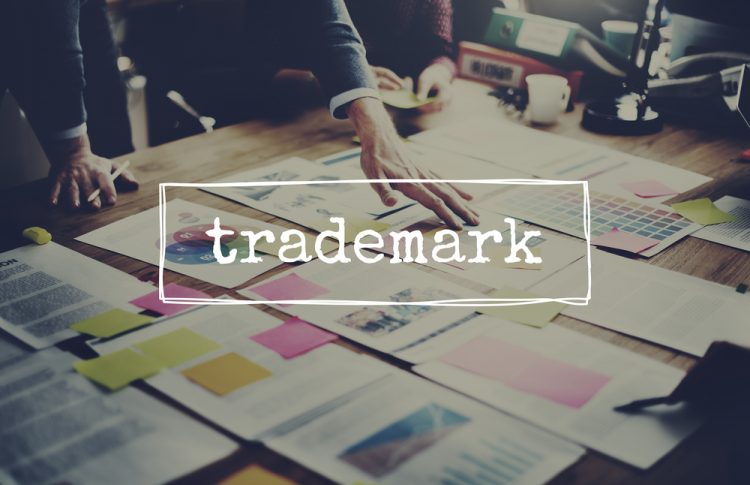Can There Be Two Trademarks With the Same Name in Australia?

In some circumstances, you can have identical trademarks co-existing on the Australian trademarks database. For example, trademarks are registered in respect of particular goods and or services that fall into various classes. Due to this, it is possible for there to be two identical trademarks with the same name that are registered by different owners and cover different goods or services. As an example, one person might register a name trademark for cosmetic goods and another could register the same name for mechanic services, as those goods/services and their respective classes are vastly different.
Trademark Ownership Issues and Class Distinctions
Whilst not entirely unheard of, it is unusual to see two trademarks that are identical, in all respects, that cover the same goods or services because then there would be an ownership issue; it would be a question of who truly owns the trademark, because there can really only be one trademark owner in Australia for an identical trademark covering identical goods or services. We have legislation that helps prevent a ‘triple identity’ situation. Even then, it is possible for two entities to end up with registration of seemingly identical marks in certain circumstances.
How Classes Affect Trademark Coexistence
The classes help determine whether two marks can co-exist on the register in a straightforward matter, without the later of the two needing to ‘prove’ their right to register in face of a similar mark. However, the classes are not the be all to end all. A main purpose of trademark registration is around the prevention of consumer confusion between two brands. So, you can have similar goods/services in different classes. Likewise you can have unrelated goods/services within a single class.
The Main Test: Consumer Confusion
The main ‘test’ is around whether the goods and/or services (irrespective of their specific class numbers) are related enough that the use of a later trademark on its goods/services would be likely assumed as the same or related to the earlier mark for its goods/services.
As a couple of examples:
Class 9 covers (amongst a variety of things) downloadable software applications. Class 42 covers (amongst a variety of things) the provision of software as a service. Therefore even though the class numbers are different, the activities are closely related so one would pose an obstacle to someone trying to file in the other.
Conversely, take class 5 for example. This covers a variety of medicinal products, but it also contains veterinary products, herbicides and some insecticides. Therefore, you could have the same trademark registered to two different people in class 5 if one was for a human medicinal product and the other an insecticide.
Honest Concurrent Use of Trademarks
Another way in which two marks that are the same and cover similar goods could also coexist on the register is if the owners have been using them honestly and concurrently (or if the later filer is actually a prior user). So for instance, say company A has a trademark for medicated products for the skin and then company B is using the same trademark for similar goods. For example, company B might be using it for cosmetic products for the skin where the goods are deemed related to a medicated skin product – however, if Company B adopted its trademark honestly, and has been using its trademark honestly, at the same time as Company A’s registration existing, for a period of time , they can also coexist on the register.
Prior Use or Honest Concurrent Use Situations
For a prior use or honest concurrent use situation to apply, you need to show evidence to support that position, usually in response to an examiner’s report from IP Australia that cites an earlier filed trademark as a barrier to acceptance.
As touched on, the other scenario that might happen is company A has registered their trademark and company B did not register their trademark, but was using their trademark since before company A first used or registered and in which case they would be taken to be a prior continuous user. And again, those two marks can coexist on the register.
In a situation where Company B demonstrates itself a prior user to the satisfaction of the trademark examiner, they will simply need to show they first used the trademark before Company A’s filing date. However, this is where we often see opposition following acceptance by IP Australia. There’s a particular section of the Trade Marks Act which allows for the owner of a trademark to challenge, to oppose the registration of another party’s trademark, if the trademarks are identical and the goods or services are the same. So that triple identity mentioned above becomes an issue in that situation and there becomes an ownership problem and those marks really can’t coexist on the register.
Grounds for Opposing Trademark Registration
There are other grounds available for a person to oppose the registration of the mark, but, the ownership ground here is reasonably clear cut in that if the Opponent can show they are the true owner due to their earlier use of that same or substantially identical mark for the same goods they will successfully establish the opposition based on their ownership.
Other grounds can include, for example, a claim by the Opponent that the filed mark is similar to a brand or mark in which the Opponent holds a reputation.
It’s a common misconception that registration of a trademark provides the owner an absolute exclusive and blanket right to that trademark ‘full stop’, yet, as this article explains its not always that straightforward. There are situations where two separate owners can own the same name from the outset. Also there are situations where they have been using the same trademark, even for similar goods, for a period of time and depending on the circumstances, if they’ve been using them concurrently and honestly, they can coexist.
We are starting to see a minor change in our experience of co-existing similar names on the trademarks register, which is perhaps because there’s more awareness in the digital age about competitors. Historically you might have two companies, two businesses, using the same trademark on opposite sides of the country with no idea about each other. Traditionally that’s how these sorts of situations may have occurred. Two businesses adopted the same trademark simply by coincidence for similar goods and services and have been concurrently using those marks for a period of time, unbeknownst to one another such that there needed to be provisions to allow two entities to own the same or similar marks for similar goods given the honest adoption and use by both.
Now that we live in a digital age people tend to be more aware of their competitors regardless of how geographically distant they might be. Therefore, whilst we may see similar levels of concurrent applications for similar brands, there is perhaps more monitoring by earlier users and owners of their competitors, and of trademark applications similar to their own, so as to oppose registration of another trademark that they feel is identical to theirs for the same or related goods/services

